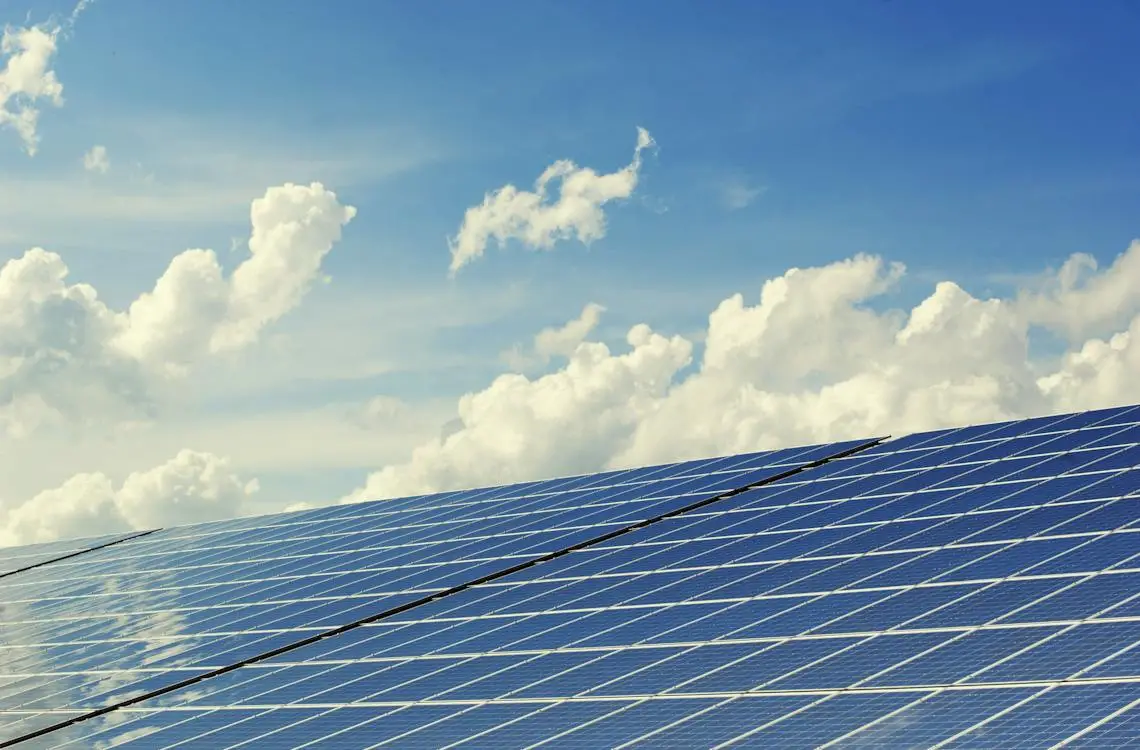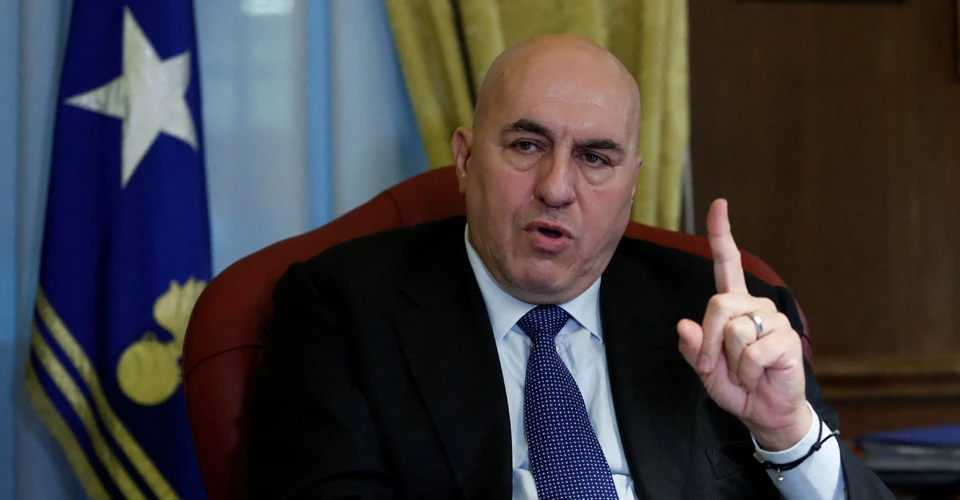Experts argue that healthcare facilities in poorer countries could be powered by solar

According to experts, all healthcare facilities in poorer countries could be electrified using solar energy within five years for less than $5 billion, putting an end to the risk of life from power outages.
Approximately one billion people globally do not have access to a healthcare facility with a stable electricity connection, including 433 million in low-income countries who rely on facilities with no electricity at all.
The World Health Organization’s Energising Health report states that lack of lighting puts maternal and surgery patients at the biggest immediate risk, while an unreliable energy source makes long-term treatments, such as kidney dialysis, untenable. As the burden of chronic non-communicable diseases rises in the global south, the strain on poorly electrified facilities will increase.
Solar energy can help protect quality healthcare for the world's poorest . Using solar power helps health facilities save money, which can be reinvested to support other priority health programs. Regular power cuts meant that health facilities in Zimbabwe previously faced IT challenges, but the introduction of solar has helped solve this issue. As solar systems continue to promote better availability and quality of health services, particularly in remote, hard-to-reach areas, they are contributing to universal health coverage.
Niger state’s health ministry is aiming to electrify all its healthcare facilities using solar energy within the next year . Before implementing the solar energy system, the mortality rate in one of Niger state’s hospitals was between 35 and 45 per 1,000 deliveries of babies. Now, it is hovering between 10 and 15. The cost of photovoltaic modules has decreased by 90% in the last 10 years, and the cost of batteries has also decreased.
The COVID-19 pandemic highlighted an urgent need to improve access to electricity through resilient solutions. Mini-grid and off-grid solar industry plays a key role in the electrification of health facilities, especially in low-access countries. The Electricity Access and Efficient and Clean Cooling Programs support countries to create an enabling environment for inclusive, impactful, and accelerated electrification and deployment of climate-friendly cooling in the health sector through technical guidance, technical assistance, and recipient-executed grants.














